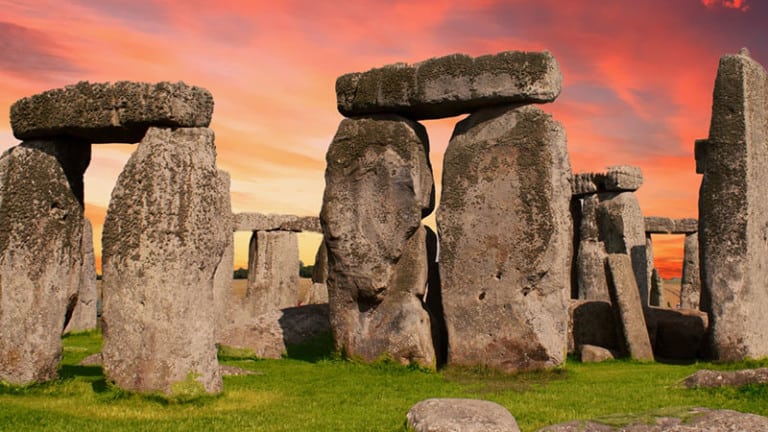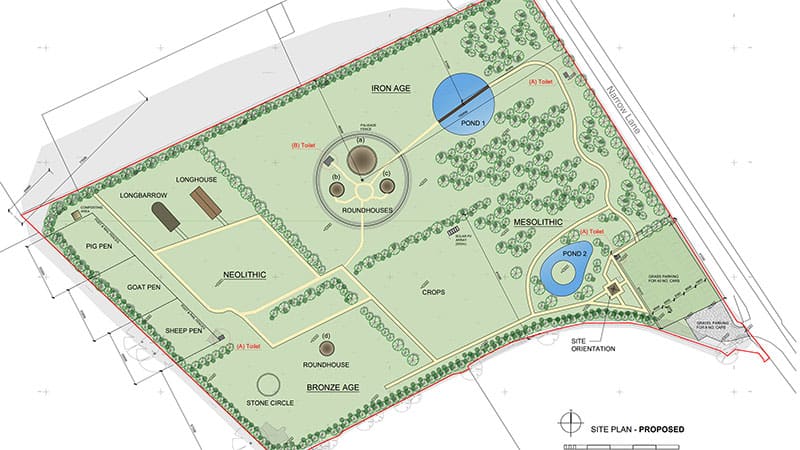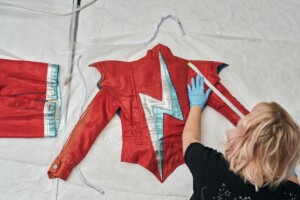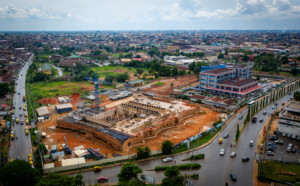A replica Stonehenge is to be constructed at Wichestun prehistoric theme park near York. The new Wichestun archaeological theme park at Wigginton would feature the Mesolithic, Neolithic, Bronze and Iron Age periods.
Plans have been submitted for a new prehistoric visitor attraction to be built outside York. Alongside the replica Stonehenge, the attraction plans to include a historically accurate Neolithic long house and long barrow, Iron Age roundhouses, and enclosures for domesticated animals of the time.
The planning application is supported by the University of York. The department of archaeology acknowledges Yorkshire’s rich prehistoric past and believes the attraction will draw attention to the area.
“We are excited by the proposed plans which would see a number of prehistoric archaeological buildings replicated in order for school children and the general public to have a ‘prehistoric experience’,” says Professor Nicky Milner, head of the department of archaeology at York University, writing in letter supporting the application.
Each period will have its own section. The site will be bordered by trees and the area also includes two ponds, one with a small island. Pens for domesticated animals – sheep, pigs, and goats – will straddle the Neolithic and Bronze Age areas.
Change of use to Wichestun
The proposed site for the attraction is in an area of farmland off Narrow Lane in Wigginton. The planning application documents are requesting change of use from agricultural land to “pre-historic recreation and education centre, erection of replica Iron Age Round Houses, Neolithic Long House, Long Barrow, replica Stonehenge”. It also cites visitor facilities to include car and coach parking, and composting toilets.
The land is Green Belt but the proposal argues that the new project will not diminish the open space and, in addition, will be used for educational purposes. Solar panels would provide electricity.
It’s likely to be known as Wichestun, the 11th century name for Wigginton which is situated four miles north of York.
Edutainment
Prehistory is now taught at Key Stage 2, and the centre will provide a useful teaching aid for students of all ages. “We look forward to working with the team at Wichestun in both the planning and running of the centre, with exciting opportunities for intellectual exchanges, outreach and student placements,” continued Professor Milner. It will also be a draw for general visitors, intrigued by early history. TV dramas The Last Kingdom, Vikings, Barbarians, and Britannia have fuelled the interest in the distant past, although Wichestun will focus on the time before written records.
Neolithic barrows and henges
Long barrows were constructed all over mainland Great Britain in the early Neolithic Age (circa 4400 BCE to circa 3300 BCE). They were joined by large stone circles, known as henges, in the late Neolithic (circa 2900 BCE – circa 2200 BCE). Stonehenge, on Salisbury Plain in Wiltshire, is the most famous – and the most popular. The circle of giant stones, operated by English Heritage, is a UNESCO World Heritage Site and Europe’s best-known prehistoric monument. Last year it attracted 1.6 million visitors.
There are thought to be upwards of 100 henges in the British Isles, including many in Yorkshire. The Thornborough Henges comprise a triple henge complex and are often called the “Stonehenge of the North”. They are three of six giant henges which form part of a series of Neolithic and Bronze Age monuments stretching across the Vale of Mowbray.
York Archaeological Trust is planning a Roman-themed visitor attraction in the city, expected to open in 2024.














